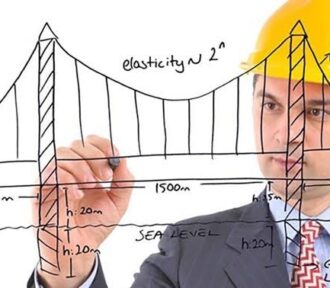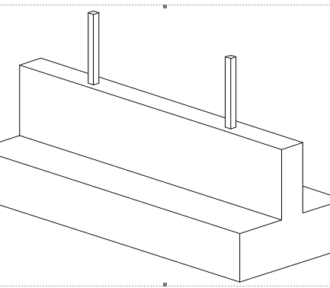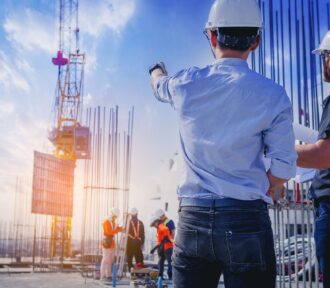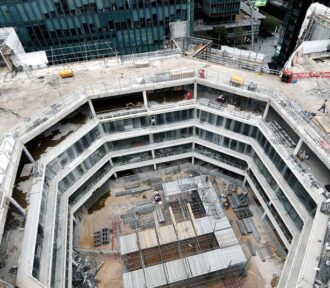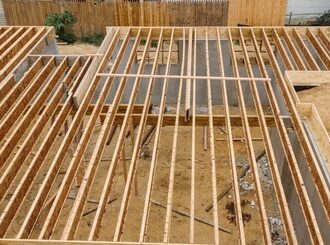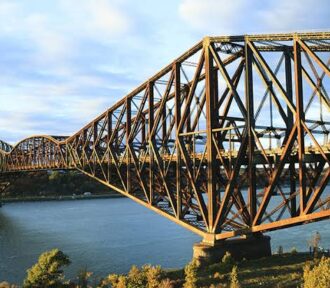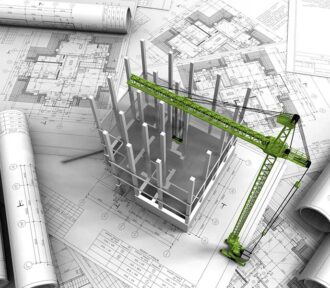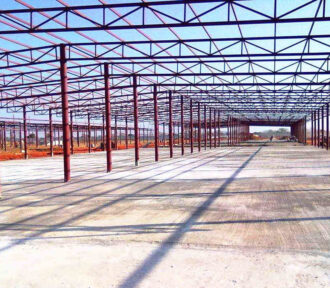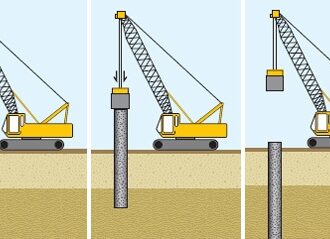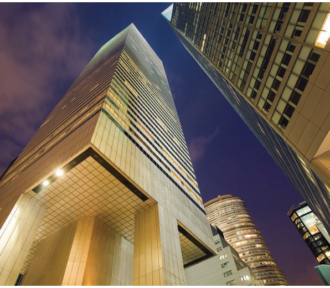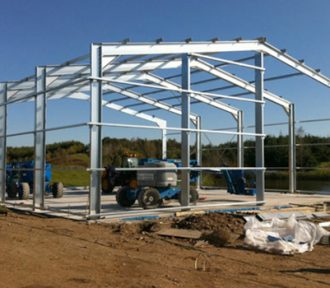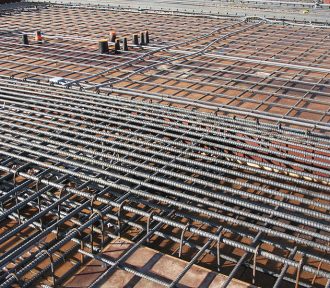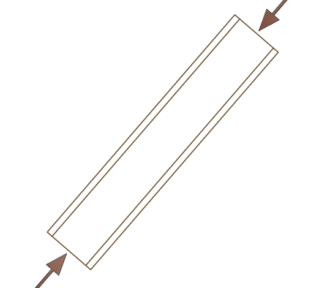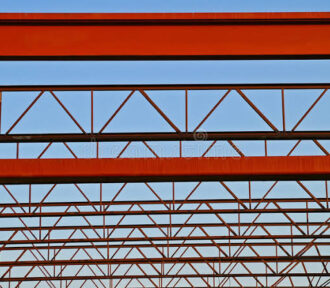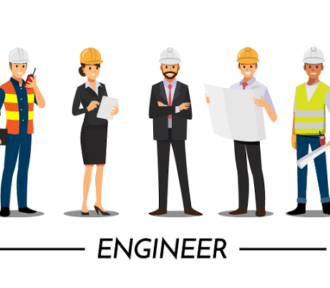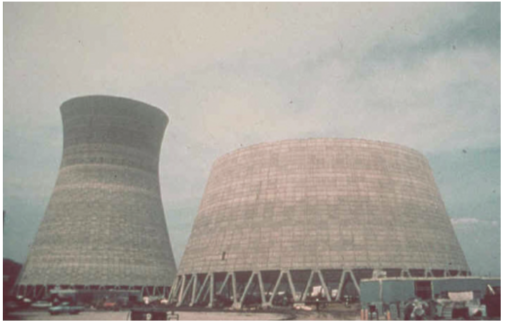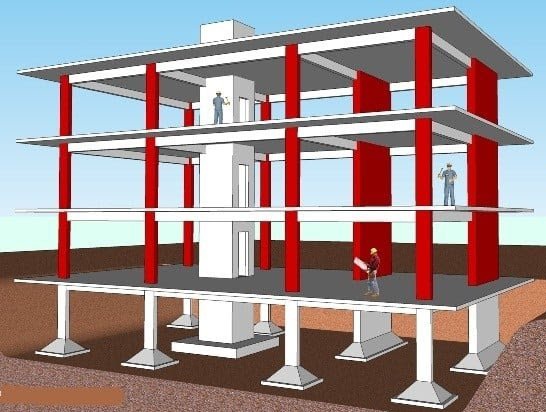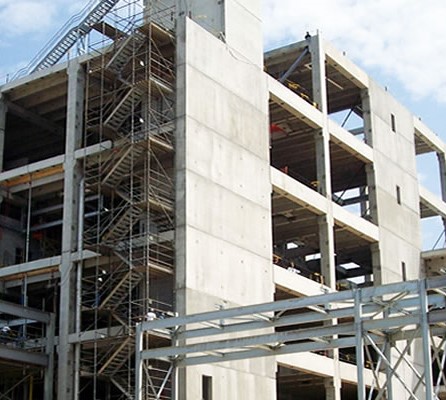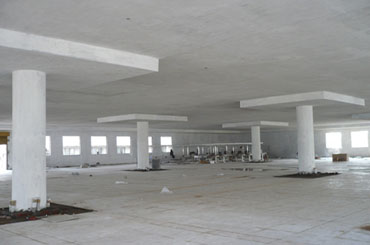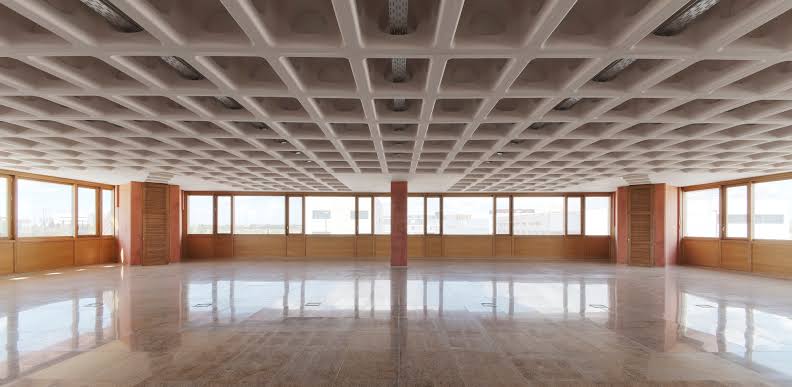article shows featured image in bar bending and placement
This article explores the hidden risks beneath foundations and how to avoid them before they become fatal
The article explains how engineers interpret different crack patterns in buildings to diagnose structural problems and identify their underlying causes.
Evaluating structural adequacy after unauthorised alterations demands a balance of investigative precision and engineering experience.
This article explores the assessment of structures damaged by fire as well as the measures available to strengthen them for reuse
This article explains the full concept of partial factors, their development, calibration, and application across different materials and load types.
Lateral stability is a fundamental requirement for every steel frame. It ensures that structures resist horizontal forces, maintain alignment, and perform reliably throughout their service life.
This article explains principles, design methodologies, analysis techniques, failure modes, code provisions, and practical strategies against the disproportionate collapse of structures.
Heritage arches embody cultural significance beyond structural purpose. Their conservation extends history, identity, and local character. Assessing their capacity ensures public safety and heritage continuity
This article explores the evolution and current state of foundation settlement prediction. It compares empirical, analytical, and numerical approaches, identifying their strengths, assumptions, and application contexts.
This article reviews several well-known foundation failures across the world. Each example provides insight into the causes of failure and how engineers responded.
Designing foundations for challenging ground conditions requires technical skill, sound judgment, and deep respect for the ground’s complexity. Every problematic soil type presents its own difficulties, from compressibility to swelling or collapse.
This article explores negative skin friction in depth, highlighting causes, mechanisms, calculations, and practical design strategies.
The purpose of this article is to present a 10-point fast audit framework. Each point addresses a vital area of structural safety that can be checked quickly on site.
This article explores several engineering disasters that reshaped building codes forever.
This article explores how roof geometry shapes strength, span capacity, and stability in large structural designs
This article explores the three most significant systems used in tall buildings: moment-resisting frames, shear walls, and tubular structures.
Historic masonry structures deserve careful protection. Their cultural, architectural, and social significance makes their preservation a shared responsibility. Non-invasive appraisal methods offer a powerful balance between knowledge and respect.
Fire exposes the weaknesses of materials, turning concrete brittle, steel soft, and timber vulnerable
Roof structures chart the progress of engineering across history. From primitive shelters to advanced digital designs, each generation expanded the possibilities of enclosing space.
This article explores causes, progression, detection, remediation, and prevention of reinforcement corrosion. It aims to give engineers a clear background for design, maintenance, and repair decisions.
The central objective in heritage engineering is to preserve fabric wherever possible. Floor systems embody original workmanship and character and once lost they cannot be replaced without loss of authenticity.
Column jacketing improves structural performance in several keyways. It restores or increases axial load capacity, enhances shear resistance, and improves confinement.
Whether dealing with reinforced concrete, steel, timber, or masonry, engineers must adapt strategies to each material’s strengths and limitations. This article examines strengthening principles and methods for all major structural types.
While modern finite element analysis dominates practice, the logic of graphical statics underpins structural engineering intuition, making it a foundational skill for the well-rounded engineer.
This article explores the major updates that affect structural engineers working on timber frame designs. It focuses on shear transfer mechanisms, racking wall performance, enhanced connection modelling, and service life provisions.
This article explains how to model structures realistically within static linear assumptions. It focuses on boundary conditions, load application, geometry simplifications, and model stability.
Parametric design and visual scripting form a methodological bridge between conceptual intent and structural performance. These tools encode decisions, by transforming repetitive modelling into intelligent systems that adapt to constraints and goals.
Torsion is a fundamental aspect of structural behaviour. In asymmetric buildings, it becomes a governing factor. It alters load paths, stresses, and deformation.
This article investigates how across-wind loads impact rectangular tall buildings, what the Eurocode and other global standards say about them, and where these provisions fail to capture the full picture.
This article explores the dangers of neglecting initial imperfections in slender columns. It outlines failure mechanisms, relevant design codes, case examples, and best practices for safer engineering.
This article presents the major considerations in long-span roof design. It explores issues that go beyond basic strength. Each section explains what the engineer must assess, how to evaluate it, and what happens when it is ignored.
This article explores key developments in structural glass. It focuses on what engineers must understand to design glass safely.
This article examines how poorly executed temporary works introduce permanent damage. Temporary works remain a critical phase in construction. Their function seems short-lived, but their…
This article examines pile types based on behavior—not material. It also outlines how engineers select the right pile for each situation. Good outcomes require understanding…
This article explains the origin, meaning, application, and implications of HA and HB loadings.
image shows structural failures of the sampoon Supertore
This article examines a misunderstood topic: functional redundancy in structural design. Not redundancy in the traditional sense—where backup systems prevent collapse—but in the ability of a structure to continue serving its intended purpose even when compromised.
This article explores the dangers of chasing and cutting structural members during service installations. It explains how such alterations compromise safety and performance.
This article presents an in-depth guide to estimating settlement in cohesive clay soils using empirical formulas. It explores how clays respond to loading, classifies types of settlement, introduces key empirical methods, and walks through worked examples.
This article explores what structural engineers must know about below-ground drainage. It draws directly from the IStructE Technical Guidance Note (Level 1, No. 34), offering…
It’s common to hear engineers or contractors say, “Shrinkage cracks are normal.” While common, they are not harmless. These cracks provide entry points for water, chlorides, and other aggressive agents.
This article explores why the disconnect exists. It examines how fire affects structural elements, why code-based design falls short, and what must change to close the gap between theoretical safety and real resilience
This article explores common assumptions made during assessments. Each assumption can mislead even experienced engineers, leading to errors in judgment, design missteps, and, ultimately, unsafe recommendations.
This article explores the principles behind robustness checks, their significance, and why treating them as just a code requirement is not enough.
This article explores the structural checks many engineers’ neglects. It focuses on areas often bypassed during analysis, design, or detailing.
This article explains why structural engineers must always check load combinations manually. It draws on examples from practice, code logic, and project outcomes.
This article helps structural engineers read geotechnical reports critically. It explains what matters, why it matters, and how to use findings to drive safe, economical design.
This article provides a complete guide to writing a construction method statement that delivers results.
This article examines the cause of the collapse, investigates the construction context, and explores the errors made. It also identifies key lessons for engineers, contractors,…
Detailing a concrete beam to Eurocode 2 involve understanding several interrelated provisions. These include spacing, anchorage, lap lengths, cover, curtailment, and shear reinforcement
This article explores the risk landscape of Modern Method of Construction (MMC) using a structured approach aligned with the RIBA Plan of Work.
This article provides a comprehensive checklist for engineers and detailers responsible for producing structural concrete drawings.
This article explains how to prepare robust specifications and minimize associated risks. It details why old specifications cannot simply be reused, outlines best practices, and explores the legal and practical benefits of well-prepared documents
This article examines key fire protection principles used for steel-framed buildings. It explores passive and active methods, their practical applications, and how engineers make design decisions.
his article provides an in-depth examination of steel and off-site construction. It discusses how these approaches intersect to improve quality, lower costs, and increase productivity.
This article explores the ethical implications of corporate memory loss in structural engineering, examining its causes, consequences, and strategies for mitigation.
This article explores ten of the most iconic bridges in the world. Each one showcases engineering brilliance and creativity. It highlights their design features, structural types, and significance in global infrastructure.
This article explores human–structure interaction from the structural engineering perspective. Have you ever wondered why a bridge vibrates slightly under your feet or why a…
This article explains how DCPT works, outlines the detailed procedure, and discusses its role in determining soil bearing capacity.
This article explores the ethical responsibilities of structural engineers, addressing the principles that guide ethical decision-making.
This article explores how engineers assess the factor of safety in conservation, the challenges they face, and the most effective strategies for reinforcing historic structures without unnecessary interventions.
This article explores the effective use of high-strength S690 steel in structural engineering, highlighting its mechanical properties, design considerations, and fabrication challenges.
The article explores the role of imposed loads in the conservation of historic buildings, It discusses load evaluation methods, challenges in adapting historic structures to modern usage, and reinforcement techniques that balance heritage preservation with contemporary safety standards.
This article explores cable-stayed bridges, components, analysis, and design. It also compares them with suspension bridges to highlight their advantages and limitations.
This article explores suspension bridges, their components, analysis, and design. It details the procedures used to analyse, design, and construct them.
The article explains influence lines in structural analysis, their applications, and how they help engineers determine critical load positions for maximum internal forces. It includes a detailed worked example for a bridge beam.
This article provides a step-by-step guide to concrete mix design using the DOE (Department of Environment) method. A fully detailed worked example demonstrates each calculation, ensuring clarity and practical understanding
This article explores the fundamental principles of cantilever structures, identifies gaps in existing design standards, and provides recommendations for ensuring their safety.
This article explores the fundamentals of carbon in structures, discusses the methods used to calculate embodied carbon, and provides a fully worked example of calculating the carbon footprint of a reinforced concrete slab.
This article explores plastic analysis principles, failure mechanisms, and practical applications in structural engineering. Structural engineering relies on various methods to analyze and design buildings,…
This article explores the concept of structural redundancy and progressive collapse and also identifies the means by which engineers refine redundancy to prevent progressive collapse and enhance structural safety
This article explores the integration of temporary and permanent works, focusing on technical strategies that optimize construction efficiency.
This article explores the responsibilities of structural engineers serving as expert witnesses. It examines the qualifications required, the importance of impartiality, the potential conflicts of interest, and the key procedural aspects of providing expert testimony.
This article explores the structural considerations, design methodologies, and verification checks necessary for swimming pool construction.
Understanding why retaining walls fail is the first step in preventing issues and applying cost-effective solutions. This article explores the most common causes of retaining wall failures and the best methods to fix or prevent them.
This article explores the significance of reinforcement cover, common challenges in its implementation, and how compliance with BS 7973:2001 can enhance the durability and safety of concrete structures.
Structural concrete detailing plays a crucial role in construction, ensuring that the designer’s vision translates into a functional and durable structure. It involves creating precise and clear drawings that contractors and fabricators use for construction.
This article explores the principles, types, and applications of damping systems in tall buildings, emphasizing their importance in modern construction.
This article discusses the theoretical basis of column buckling, emphasizing Euler’s formula for idealized conditions and modifications for real-world applications.
This article delves into the complexities of designing foundations in expansive soils. It examines their behavior, highlights specific challenges, and explores practical mitigation strategies and case studies from around the world.
This article explores into the theoretical and practical aspects of wind-structure interaction in tall buildings. We discuss the nature of wind forces, the structural response to these forces, and the tools and strategies engineers use to manage them.
This article highlights exceptional tools for structural engineers in 2025. We evaluate their capabilities, unique features, drawbacks, and licensing costs to guide your learning priorities.
This article provides a comprehensive guide to the dispersal of traffic loads on culverts. It explains the underlying principles, and offers a worked example to demonstrate the practical application of these concept.
In this article, we explore the step-by-step process of deriving wind loads according to ASCE 7-22. The discussion includes theoretical insights, equations, and a detailed…
This article explores the decline in structural behaviour knowledge among engineers and the importance of revitalizing this essential skill. In structural engineering, the “feel” for…
This article explores the theorem’s theory, its application in structural engineering, and a worked example involving a steel truss.
Despite their importance, analyzing transfer slabs presents significant challenges due to their complex load distributions and interactions with supporting systems. Transfer slabs are crucial elements…
This article explores the factors influencing the selection of bridge forms, examines various structural types, and explores their unique features and applications. Concrete bridges are…
In this article, we explore the principles, workflow, applications, and types of Finite element analysis in structural engineering.
This article, break down Soil-structure interaction SSI into simple concepts, explore key factors influencing it, and review how engineers’ study and apply SSI in practice.
This article highlights five common mistakes in structural design: inadequate redundancy, poor load considerations, failure to follow basic codes, ignoring construction sequence, and unclear design…
This article explores the diverse types of EWPs, their applications, and their advantages. Visual references to product forms and applications highlight how EWPs are reshaping timber construction.
This article examines the structural engineering lessons from Grenfell, focusing on material selection, regulatory oversight, and the critical importance of professional accountability.
This article explores deeply into the core aspects of bridge engineering, explaining the top 9 considerations that set bridges unique from buildings.
This article provides an exhaustive overview of the design of transfer slab, focusing on, modeling approaches, shear and flexural behavior, and safety considerations.
This article explores into the principles, design considerations, and practical implementation of glued-in rod connections, culminating in a comprehensive worked example.
The article explores the design of piled raft foundation, discussing the components, design philosophies, analysis methods, and a real-world case study.
This article explores various types of raft foundations, their unique features, and their suitability for specific applications.
This article explores the causes of temporary works failures through the lens of real-life examples. By focusing on human, procedural, and technical issues.
Rivet connections are particularly suited to structures that face dynamic and cyclic loading, as they provide excellent fatigue resistance.
This article explores practical steps to avoid such pitfalls, focusing on validation and verification processes during the modeling process.
This article explores various types of moment connections in steel structures, offering insights on their design, function, advantages, and limitations in resisting both shear and bending forces.
This article examines the design and construction techniques for concrete arches, frames, tunnels, and jacked boxes, covering a complete spectrum of bridge types, from the smallest culverts to the world’s longest concrete spans.
This article will provide a comprehensive look at calculating anchorage and lap lengths according to EC2, breaking down each aspect from basic principles to the…
This article explores how to navigate structural software selection effectively, mitigate common errors, and recognize potential pitfalls. Today, structural engineers rely on software for design,…
This article delves into the essential components of steel beam design according to the AISC code. It discusses the critical steps, including load determination, section selection, and limit states design, which ensure the proper performance of steel beams.
This article explores the essential components of a staircase, the different types of staircases available, and the key considerations that must be taken into account during the design process.
This article explores the evolution of skyscrapers, focusing on the significant milestones in design and construction.
This article explains various types of simple connections in steel structures, detailing their design, function, advantages, and limitations in transferring shear forces between beams, columns, and girders.
Explore the critical commercial risks faced by businesses in project management. Learn effective strategies to mitigate these risks and ensure successful project delivery.
In this article, we will explore how to create an effective structural design calculation sheet report, the essential parts to include, and how to present them.
This article outlines engineering techniques to prevent building collapses, from emergency stabilization to long-term reinforcement and retrofitting for structural safety.
This article explores reputational risk as one of the most significant challenging risks faced by structural engineers in professional practice. Reputational risk stands as one…
This article explores the essential components like general arrangement drawings and connection details, required to read and interpret structural steel-work drawings with confidence.
This latest article discusses the steps that engineers can take to mitigate against technical risks often in the form of design errors appearing in their work.
This article lays out the way in which reinforced concrete drawings should be read.
This article provides an introduction to the three main types of risk that engineering practices face and considers the steps they can take to minimise or mitigate these.
This article explores the impact of settlement on structures, particularly how it impacts design internal forces.
This article introduces engineers to the various techniques available to monitor movement in historic structures.
The Eight article in the series on design and construction of concrete bridges, explores the subject of prestressing as it concerns concrete bridges.
This article explores estimation of settlement in piled foundation, highlighting the various methods of deriving the settlement of pile foundations and illustrating the process through a worked example.
This article explores the use of the standard penetration test to determine the bearing capacity of foundations
This article presents the design of embedded retaining walls – a wall in which resistance to active lateral earth pressure is mainly resisted by the passive pressure generated at the toe side of the wall.
This article explores common errors encountered in the application of software in structural engineering.
This article explores the analysis and design of slab-less staircases, sometimes called saw-tooth staircases
This article explores the various professionals required for a very successful construction project. It highlights the roles and skills each professional is expected to bring to bear during the course of the project.
This article explores into the distinctive aspects of footbridge design, including the reduced live loads, the freedom to explore different structural forms, the importance of user experience, and the materials typically used
This article presents an overview of the key aspects of pile foundation design, outlining the principles, design methods, and specific requirements set out in Eurocode 7 and the UK National Annex.
This latest article provides a more detailed introduction to the applications and use of CLT as a structural timber product.
This article presents guidance and recommendations on the design of composite steel beams with web openings to Eurocode 4
This article discusses the design of timber connections to Eurocode 5. It contains worked example illustrating the design of screw connections.
This article discusses movement joints, the justification for their introduction in concrete buildings and the types encountered in practice. Concrete, as a building material, possesses…
This article offers guidance and recommendations on the design of timber buildings with respect to fire safety in modern timber buildings Fire safety in modern…
This article offers guidance and recommendations on the design of shear connections for composite beams to Eurocode 4
This article discusses the collapse of the Baltimore bridge and highlights the key lessons structural engineers can learn from the engineering failure
This article offers an overview of the design principles and types of bolted connections and provides two detailed worked examples to illustrate the application of Eurocode 3 in practical design scenarios.
This article explores the considerations necessary for accurately calculating wind loads on signage structures, with a focus on the guidelines provided by the Eurocode. Signage…
This article presents the design of welded connections in steel structures to Eurocode 3 and a worked example on the subject.
This article presents the NTSB investigations into the 2018 Pedestrian Bridge Collapse in Florida and the lessons learnt from the failure
This article defines what a contract entails within the context of professional engineering services, the components of a contract, and how a contract may be formed in engineering.
This article explains some of the key technical issues around PAS 8812 – the current guide on temporary works design to European standards.
This article highlights some of the salient aspects of the design and construction of liquid-retaining structures in reinforced concrete
This article highlights the advantages of composite columns over normal concrete or steel columns and offers guidance for designing composite columns to Eurocode 4.
This article highlights the timelines for releasing the second generation of the Eurocodes in the evolution program of the Eurocodes structural codes and UK strategy to implementing the expected changes.
This article looks at communication as a professional engineer, causes of poor communication in engineering and also offering advice on how engineers might communicate more…
This article explores the prevalent of light gauge steelwork in steel construction today. It covers their applications, design considerations and structural integrity considerations when specifying them in constructions.
This article explores the design and construction of ground bearing slab using steel fibre reinforcement in place of traditional steel
There are four key aspects of masonry cladding to steel-framed buildings that is vital before developing an interface between masonry and steel frames.
When you think about what makes a good engineer, what comes to mind? Creative problem solving? Technical skills? Apt application of scientific principles?
This article explores the design of posttensioned flat slab based on Eurocode 2 using a practical worked example
This article highlights how to get the most out of your engineering software, for increased efficiency, accuracy and productivity in seven easy steps
This explores the design consideration and distinctions that exists when designing composite steel structures that utilizes precast concrete unit in place of in-situ concrete for flooring.
This article explores and provides guidance on the structural design and construction consideration in the design of post-tensioned slab to Eurocode 2
This article highlights the advantages of composite metal steel deck over traditional concrete slab in composite steel construction and offers guidance on their design to Eurocode 4.
This article examines the various types of formworks and falsework needed to construct a concrete bridge and their requirements.
This article offers guidance and information for designing composite beams in accordance with Eurocode 4.
This article highlights the historical shift of masonry from structural to cladding element, emphasizing modern applications and considerations based on Eurocode 6 Historically, masonry can…
This article provides guidance and recommendations on detailing of concrete slabs based on Eurocode 2
This article explores the structural analysis and design of Corbels based on the guidance and recommendation of Eurocode 2 (part 1) Corbels have long been…
This fifth installment on the series on concrete bridges provides insights on the maintenance and management of concrete bridges.
This article provides insights and useful guidance on assessing thermal effects on building structures based on Eurocode 1 (part 5)
This article is concerned with the analysis of beams on elastic foundations. It provides a background and a suitable method that can be applied for hand calculations.
This article presents various methods of measuring foundation settlement from the result of field/ in-situ soil testing.
This article provides an overview of the background, status and transition timetable for the second-generation EN Eurocodes that are in development.
This article provides an overview of how to estimate settlement of spread foundation with a focus on Eurocode 7. The article also contains fully worked example.
This article explores forensic engineering from the perspective of failure investigation. It highlights what constitute an engineering failure and how the structural engineer should approach a failure investigation.
This article explores the plate load test and illustrates how to use data obtained during the test to determine the bearing capacity of soils. The…
This article provides an overview of the rules applicable when detailing foundation to Eurocode. It covers pad footings, ground beams, raft foundations and piling. No…
This article gives an overview of the analysis and design of box culverts, the checks and verifications required to be carried out, and a worked example to the Eurocodes.
This article is concerned with the hydraulic aspects of designing a box culvert. It deals particularly with the aspects of sizing a box culvert to ensure that it’s able to deal with the anticipated peak flood discharge without any adverse effect throughout the service life of the culvert.
This article provides an introduction to ground bearing floor slabs, touching on the slabs’ reinforcement by considering both historical use of mesh as well as current plastic and steel fiber reinforcement methods.
This article discusses the how prestressed precast concrete planks are constructed, specified and installed. Precast concrete planks are a common method of floor slab construction.…
This article discusses the construction specification, the types of specifications that may be required on a project and the importance of having them in place.
This article explores the analysis of free-standing staircases. It provides a comprehensive review of different analytical and numerical approach for analyzing free-standing staircases and introduces a simplified method suitable for preliminary analysis and design.
This fourth article in the series on concrete bridges examines the initial parameters that might determine the best layout for a new bridge. One of…
In preparing structural layout drawings, there are no rules but guidelines. This is where the design engineer is expected to show competence by bringing to bare, his conceptual design skills, based on knowledge of first principles.
This article discusses bar schedules and scheduling of reinforcement, highlighting the procedures or rules for interpreting reinforcement on drawing and the importance of adhering to the rules.
This article discusses the various types of loading on box culverts and how to estimate the design value of these loads based on the recommendations of the Eurocodes.
While unreinforced masonry retaining walls may lack the structural complexity required for taller structures, they can be a practical and economical solution for short walls, providing effective soil retention in landscaping, garden terraces, or other applications where the height of the wall is minimal.
This article explores into the historical evolution of structural engineering forms, meticulously unraveling the intricate tapestry of milestones that have not only shaped the discipline but have also woven together the very fabric of human civilization.
This article walks through the design of box culverts by giving an overview of the applicable design standards used for box culverts to Eurocodes. The importance of adhering to these standards is emphasized to ensure structural integrity, durability and safety.
Estimating the deflection of long span trusses is considered a challenging subject as it often requires tedious calculations when done by hand. This article presents a straightforward method for determining deflection in trusses.
The design of piled foundation unlike other foundation types largely falls within the remit of a geotechnical engineer with little assistance from the structural engineer. The first step requires the geotechnical team to conduct a detailed site investigation
This article delves into the dynamic landscape of structural engineering, shedding light on the top 7 innovative trends that are not only defining the present but are poised to shape the future of the discipline.
This article discusses moment resisting connections used in the design of single storey and multi-storey buildings. It highlights the common types of moment connections used and an overview of the design procedures based on Eurocode 3 (Part 1-8)
This article explores the significance of field testing in soil engineering and highlights some common methods employed in measuring the bearing capacity of soils.
This article describes how to detail a concrete column with respect to geometry, concrete cover, minimum and maximum area of longitudinal reinforcement, size and spacing longitudinal and transverse bars etc.
This article aims to explore how a structural engineer should approach the strengthening of existing structures as well as the major techniques that can be employed in strengthening an existing structure in order to ensure the overall safety and durability.
This article takes a look at what a constitute a claim within the purview of a structural engineer, how they may arise and the steps the structural engineer can take to mitigate them.
This article focuses on the significance of Finite Element Analysis (FEA) in predicting the behavior of complex engineering systems. It delves into common errors in FEA, such as meshing and boundary condition errors, and provides strategies to avoid them. By understanding these errors and implementing preventive measures, engineers can enhance the reliability of FEA models.
The article aims to help a practicing professional navigate the jungle of structural engineering software. It creates a list of 10 software which is meant to help you choose which structural engineering software to invest in within your context and interests.
featured image showing snow loading
In buildings with stringent span requirement with vertical element discontinuities, transfer trusses perform better than transfer beam and transfer plates.
There must be a delicate balance between progress and sacrifice. The Implosion of the Titan Submersible is an engineering disaster that should remind engineers never to compromise safety in the quest for innovation.
When an adjacent footing overlay the area of the soil wedge of a retaining structure, the footing exerts a lateral surcharge pressure against the retaining wall, which must be considered in the analysis and design of the retaining structure.
Transfer structures are used in buildings with vertical element discontinuities and where a direct load passage to the foundations is not practicable. This article offers…
This article is concerned with the design of waffle slabs supported on solid column heads – a slab option that combines the benefits of a…
Column base plates are provided beneath steel columns in order to transmit the applied design forces safely to the foundations. Steel columns are heavily loaded and their cross-sections are typically small…….
When assessing the safety of an existing building, a significantly different approach is required compared to when planning a new structure. This article explores how…
Retaining walls with respect to their form and construction method can be grouped into three categories vis a vis: gravity, embedded and hybrid. This is discussed in this article.
This article is a comprehensive guide on how to write a site investigation report. It concerns the factors that may affect the quality of the report; how to present the results of the site investigations; and what the report should contain.
In any tall building, the lateral forces is unarguably the most critical factor. Hence, fundamental to the design of any tall building is the lateral stability system.
This article is a discussion on the phenomenon of vortex shedding in tall buildings. It discusses the causes, effects, and explores the innovative solutions that…
There is no consensus on a universal definition for tall buildings, even in design and practice, the definition of what should be classified as high-rise, medium and low-rise is ambiguous….
This article highlights the design of strap foundations: a very viable solution where the position of column with respect to its foundation must be eccentric as a result of site constraints.
In scenarios where traditional concrete or masonry retaining walls might be unsuitable due to ground movement or drainage considerations, gabion walls offer a viable alternative. This article offers insights into how to design gabion walls
The primary function of every retaining wall is to resist the lateral forces from earth without any stability problems. The taller the retaining wall, the more likely that counterforts will become necessary to achieve stability. This article explains how to design a counterfort retaining wall.
This article discusses the design intricacies of helical staircases. It offers an overview of the various methods of analyzing helical staircases and presents a method that can be used for preliminary analysis and design.
This article is an overview of the IstructE document (How to Calculate Embodied Carbon). It focuses on the lifecycle module A1-A5 (embodied carbon from the production stage up to the end of the construction process).
This article offers an extensive discussion on the analysis and design of portal frames based on the recommendations of Eurocode 3.
This article concerns the design of cross laminated timber floor, a floor made by stacking multiple layers of wood boards in alternating directions, which are then bonded together using a strong adhesive.
Retaining structures or a retaining wall is any constructed wall that holds back soil a liquid or other materials where there is an abrupt change in elevation. Retaining walls have been used for thousands of years, in the construction of terraced fields on a steep slope, or a railway through a hillside, a retaining wall is used in some form or another.
This article outlines the process of modeling, analyzing, and designing buildings. It is mentioned that the analytical process needs to be rationalized, but not at the price of an economic design.
The assessment of floor vibration concerns how the mass of its supporting structure moves when subjected to an imposed load. This is determined by ascertaining the natural frequency of the supporting structure to the floor, which is stated in Hz (cycles per second).
The Comet air crashes should teach and remind all engineers that, while all the analysis and design tools might be at your disposal, an engineer can only analyze and truly design for the situations they can actually imagine.
This second article in the series on temporary works discusses temporary works failures and how structural engineers can learn from them
The justification for combining loads from two or more super-structural element typically stems from restrictions. For instance, where the columns are closely spaced such that independent pile caps are impossible to construct as a result of overlapping.
This fourth article in the series on concrete bridges examines the special types of concrete bridge — previous articles described all the cast in place and precast options, Concrete cable-stayed, extradosed and stressed ribbon bridges are all described here, together with the special features of concrete footbridges and railway bridges.
Structural steel elements are amenable to failure due to lateral torsional buckling, when measures that recognizes this risk have not been considered in design. This article briefly, explains how the structural engineer can deal with lateral torsional buckling when analyzing steel structures.
This article provides guidance on how to design steel columns subjected to combined axial compression and bending to EC3, using the simplified expressions in the IStructE manual for the design of steelwork buildings.
Despite timber being one of the earliest structural materials around and its globally recognized status for sustainability, the tallest Timber building is still the 18-Storey building at the University of British Columbia, why?
In 2022, Nigeria recorded over 61 incidents of building collapse in 2022. As I write this article, I don’t know of any forensic report that has been made public on any of these incidents, or do you?
A spiral staircase is a type of staircase that follows a helical or circular path, with each step or tread positioned around a central column or a post.
When unauthorized changes occur on construction sites, they give rise to a conflict of interest, particularly in design-built projects.
Slab rafts are the simplest form of raft foundation typically encountered in practice. The motivation as with other raft foundation is to bring applied pressures to acceptable limits.
Precast bridges are highly favoured, where the speed of construction is very crucial or generally where the cost of procuring precast is justified by a shorter construction programme. This article discusses the different forms of precast bridges, typically encountered in practice.
Items relating to “boundaries of duties” constitutes a vast proportion of the frustrations and misunderstanding, and claims made against engineers. This article identifies and expatiate on the six boundaries of duties which an engineer must define in a fee proposal.
One of the most basic variants of raft foundations is the beam strip rafts. A beam strip raft utilizes a raft slab and ground bearing beams in two directions to support the heavy concentrated loads from the superstructure.
Piling is one of the oldest types of foundation technique known to mankind. Its principle is based on transferring the loads from a structure through…
This article provides an overview of the construction methodology and key considerations that built the deepest habitable grade commercial building in the world – The Londoner Hotel.
A fee proposal is an engineer’s ‘offer’ to undertake a predefined work for a defined fee and it is usually for the client to either accept or reject this offer. To give legal certainty to the offer, the following six items need to be defined in the proposal or an attached document.
As with almost every structural failure, it is the human factors that holds answers as to why the opportunity to forestall the failure was missed. In this article the role played by human factors in structural failures is explored.
This article aims to introduce the concept of temporary works. How the design of temporary works differs from permanent works and the interplay that exist between temporary works engineer and the permanent works engineer.
A Stringer beam is a structural member that supports a floor or a deck along its longitudinal direction. They are usually inclined secondary beams stemming from primary beams and their basic function is to convert distributed loadings from a slab into point loads which is transferred back to the primary beams or supports.
This article discusses the types of steel bracings required for ensuring lateral stability in braced multi-storey steel frames, the design considerations and the procedures required when providing them within a steel frame.
Foundation design has traditionally been conducted using the permissible stress method with the application of a global factor of safety. With the introduction of Eurocode 7, however, a distinctive design philosophy was presented, one that is based on the application partial factors. Thus, this article aims to investigate if higher bearing capacity values can be justified to Eurocode 7.
This article gives guidance on how to size concrete and steel structural elements at the initial concept design stages of a project development.
column splices are essentially steel-plated bolted connection provided in multi-storey steel construction to serve as a connection between two columns of different sections
In 1879, inadequate design, ineffective supervision, poor workmanship, tight budget restrictions, time constraints and a general lack of understanding of the response of structures to dynamic forces from wind culminated into one of the deadliest structural failures of all time; the Tay Bridge collapse.
Retaining walls with respect to their form and construction method can be grouped into three categories vis a vis: gravity, embedded and hybrid. This is discussed in this article.
The second part of the article on Reuse and Refurbishment of existing building explores how the structural engineer can maximize the identified opportunities through design.
Ribbed slabs incorporate voids to the soffits of slabs or replace voids with lighter materials.
This article discusses the design of timber beams which are unrestrained from lateral torsional buckling to Eurocode 5.
Inspection of activities on a site during construction is a very high-risk operation requiring expertise and experience. Site inspections are of paramount significance as they aim to minimize the risk of accidents arising within the construction site…
This article examines ways in which a structural engineer can identify the potentials for reuse and refurbishment of buildings at the early conceptual design stages
This article highlights some of the factors affecting the choice of engineering software and things the structural engineer must look out for when selecting a certain software for use.
Where a structure is eccentrically loaded, it can develop significant torsional forces in elements, which they may not have being designed to resist. This article highlights and discusses issues of buildability and detailing which structural engineers must become fully familiar with in order to avoid unforeseen problems that can lead to significant remedial works on-site and in some extreme cases, failures.
For every structure, frame stability is an important area of consideration. Designers of structural steel-work were the first to recognize the importance of considering the stability of steel frames in BS-5950.
This article describes the process of designing a laterally loaded masonry wall to Eurocode 6. It will highlight masonry and the relationship between its geometry, support condition and material properties when used as a structural material.
Ground improvement is the modification or treatment of weak and loose soil in order to improve their bearing capacities and potential settlement characteristics.
This twisting/rotation is known as torsion. Torsion generates forces within structural elements that they are rarely efficient at resisting. It would normally result in significant increase in element size or ultimately lead to change in structural form where they are found to be acting. Torsion in structures is best avoided as far as possible.
This article is concerned with the derivation and application of these notional loading, which is classified as Equivalent Horizontal Forces within the Eurocodes. The article also illustrates how the notional horizontal loads are incorporated into the design process.
In the design of trusses, timber is another alternative that should be considered at the preliminary design stage. When dealing with a small-moderate span, timber trusses are largely economical and the expertise required for fabrication is far less relative to steel solutions
In 2007 under-engineering, inefficient regulation, ever increasing dead loads combined with inadequate inspections led to the deadliest structural failure in Minnesota’s history. The immediate aftermath saw an investigation board commissioned to probe the cause of the failure. The investigation would discover a systematic collapse in the very layers of defense the engineering profession creates towards preventing catastrophic failures
The most common and conventional method of designing against shear in reinforced concrete structures is via the provision of shear-links (stirrups). However, in certain scenarios, shear cannot be resisted via the use of links alone, especially where the applied shear-force is enormous. In such scenarios, a very effective way of resisting shear in concrete is by combining shear-links with the provision of bent-up bars
This article, presents a range of floor systems utilized in multi-storey steel frames, with the advantage and disadvantages of each system compared with requirement of a project. Seven floor systems are listed and afterwards described
” An implicit assumption is an assumption that underlies a logical argument, course of action, decision or judgement that is not explicitly voiced nor necessarily understood by the decision maker1. In other words, implicit assumptions are those assumptions we make without even realizing it, hence they may go undetected.
Basement walls are essentially retaining walls which in most instances, in addition to the lateral forces from soil, pore pressure and surcharge must also carry axial forces due to gravity loads from slabs.
Retaining structures or a retaining wall is any constructed wall that holds back soil a liquid or other materials where there is an abrupt change in elevation. Retaining walls have been used for thousands of years, in the construction of terraced fields on a steep slope, or a railway through a hillside, a retaining wall is used in some form or another.
Timber posts are vertical elements, when utilized in any timber frame are principally subjected to both axial compressive actions and bending moments along one or both axes. In other words, a timber post is the equivalent of a column, but in this case the term ‘post’ refers to timber or steel.
This article discusses axial shortening and its causes, how they can be predicted, evaluated and mitigated. It would explain the measures structural engineers and building contractors may employ to counter its effect. It would also make references to the current codes of practices were necessary.
Selecting the most appropriate foundation type is often a very difficult undertaking in design and construction. Even, perhaps the most important part of the design process. Rightly so, it can be argued that the foundation of any structure is the most principal component of that structure
While many engineers make the very valid argument that software prevent errors and human fallibility, many other engineers including this writer make the equally valid argument that these tools contribute to creating errors. Are these software’s actually aiding us to become better engineers or are they actually replacing us, at least, in cognitive sense, as engineers?
An inverted T beam foundation consist of an upstand ground beam embedded in a concrete slab, utilized to transmit a system of column loads safely to the ground (Figure 1).
The perils of having an opinion in architecture, engineering and construction is that all your opinions and recommendations are treated as notorious facts, even though they could be wrong. This article seeks to establish the link between design defects and issues of competency.
This article discusses the reuse, and refurbishment strategies adopted for the Triton Square building in London to enable the addition of three extra floors. Increasing the total floor area by 70% while achieving a SCORS A rating for the overall carbon per unit area for the scheme.
This article aims to address the key ethical questions that may arises when an engineer is contacted to review the work of another engineer.
In any tall building, the lateral forces is unarguably the most critical factor. Hence, fundamental to the design of any tall building is the lateral stability system.
Timber joists are one of the most basic structural elements found in many timber frame construction. They are closely spaced timber beams (typically in the range of (450-900mm) used to support a suspended ceiling, timber flooring or sheathings. In this article, we shall discuss the design procedure of timber joist. All advice given will be based on the guidance and recommendations of BS EN 1993-1-1:2004 Eurocode 5 Design of Timber Structures- Part 1-1: General common rules of buildings.
High above St. Lawrence River, on a hot sunny day in August, 1907, workers were working on the Quebec bridge when suddenly, the sound of twisting metals pierced the air, and the giant cantilever bridge under construction failed, crashing into the river with enormous force, such that people miles away in Quebec City believed an earthquake had hit.
The reading and interpretation of structural engineering drawings is a much-underrated skill. A skill that is often not taught but learnt through frequent exposure to structural engineering contents and a drive to fully understand them. In simple form, a structural drawing can be defined as any drawing consisting of plans or set of plans and details explicitly showing how a building or structure will be constructed
Many problems of long spanning in structural engineering can be resolved through the use of steel trusses. These days, long span structures are very popular– from sport arena roofs to auditorium galleries, airport terminals, railway stations etc….
There is no consensus on a universal definition for tall buildings, even in design and practice, the definition of what should be classified as high-rise, medium and low-rise is ambiguous….
A properly designed foundation must deliver these loads to the soil without overstressing the soil which could otherwise cause excessive settlement or shear failure of the bearing soil. In-order to avoid overstressing the soil geotechnical engineers and structural engineers must determine the bearing capacity of the soil upon which the structure is to be founded.
The design of piled foundation unlike other foundation types largely falls within the remit of a geotechnical engineer with little assistance from the structural engineer. The first step requires the geotechnical team to conduct a detailed site investigation
For projects that requires deep foundations, the piles would be one of the first considerations at the concept design stage. The structural designer is expected to consider during the course of the project development, the type of piling that would be required, the proposed sizes
Somewhere in Manhattan, a team of carpenters, welders and labourers were secretly working through the night, retrofitting steel connections under the directive of one of America’s finest Highrise structural designer, in a race to salvage the world’s 7th Tallest building. The skyscraper was meant to be a structural masterpiece but instead was poised to become one of the greatest engineering disasters of all time. Hurricane season was approaching and even a moderate storm would put the lives of over 200k people at risk
Steel portal frames are the most common and cost-effective structural solutions for single-storey buildings with gable-pitched roofs. In fact, about 50% of the steelwork in the U.K is used up in the construction of single-storey buildings, of which portal frames form the greater part…
This article presents the design of concealed concrete beams, sometimes referred to as the “wide or strong band beams…
Unlike members in axial tension, when structural elements are subjected to axial compression, they become vulnerable to failure through instability as a result of their geometrical properties rather than their material properties…
A truss is a triangulated assembly of interconnected elements, pinned at the nodes and typically having all external forces and reactions applied at the nodes (Figure 1). Trusses are extremely strong and a very cost-effective solution when compared to other structural options
At the backdrop of any structural failure are lessons to be learnt, but do engineers actually learn anything?… Find out!
The second willow island, West Virginia cooling tower collapsed while still under construction on April 27, 1978, killing all 51 workers. It is regarded as the deadliest construction accident in the whole of US history.
he choice of the slab type and form is very critical for the other structural elements and overall stability of a structure.
. In this post, we are going to consider how to design concrete shear walls according to Eurocode 2.
Thus, one of the methods of ensuring lateral stability and avoiding excessive lateral deflection is by deploying shear walls across the width of the building to resist the lateral forces.
Flat slabs are reinforced concrete slabs supported directly on columns, without beams. They are sometimes thickened at the columns to form column drops.
Waffle slabs are not different from a ribbed slab, their design is indeed based on the same principle as the ribbed and troughed slab system.…
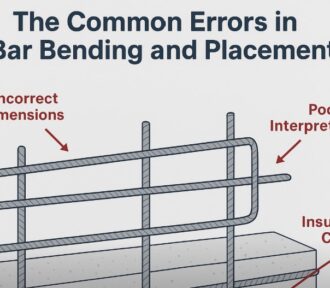
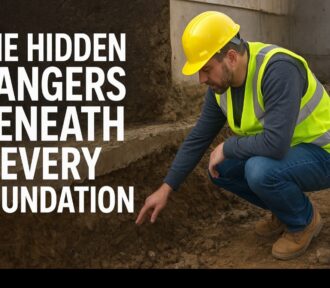
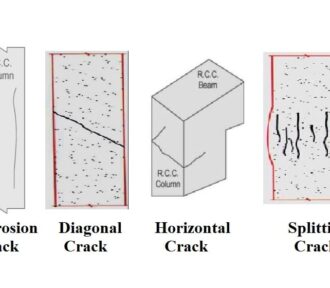
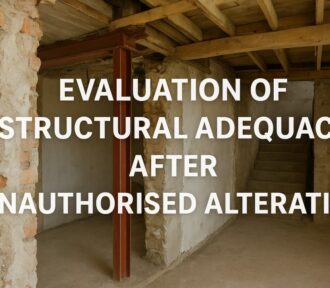
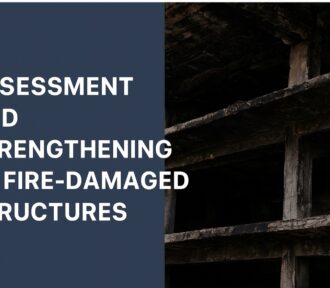
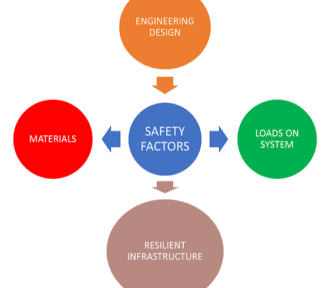
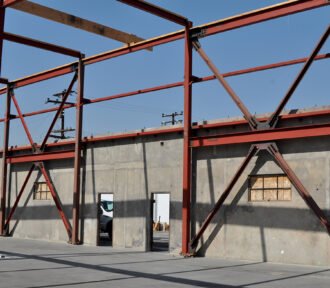
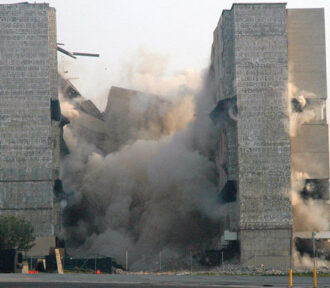
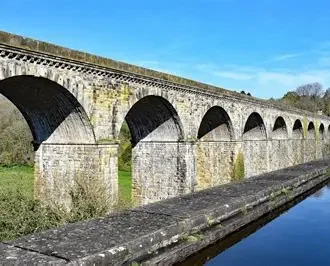
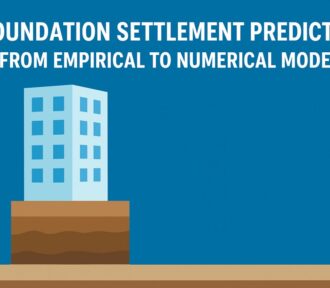
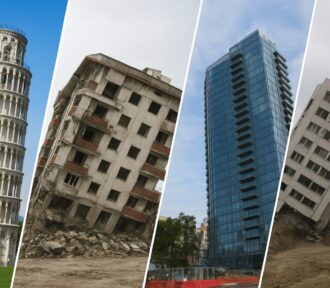
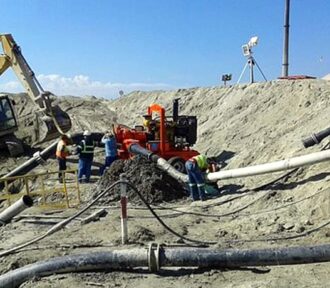
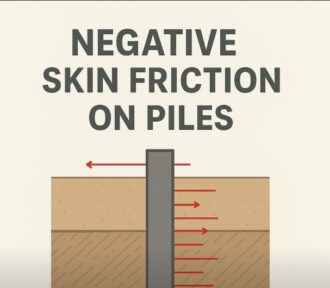

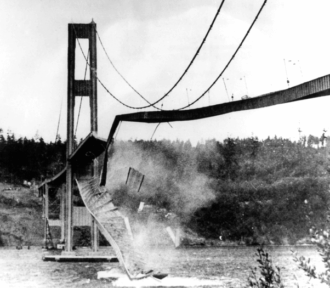
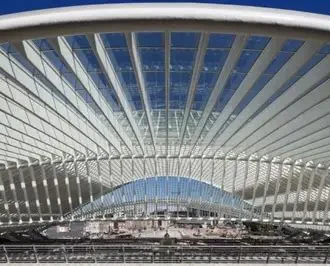


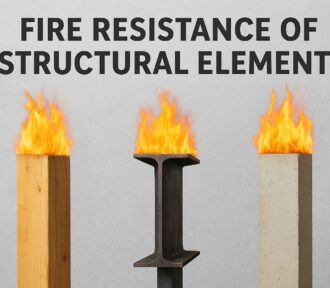
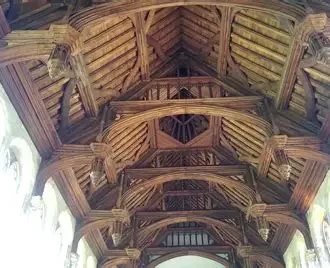

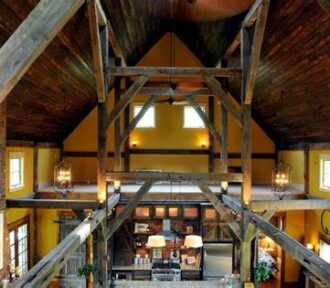
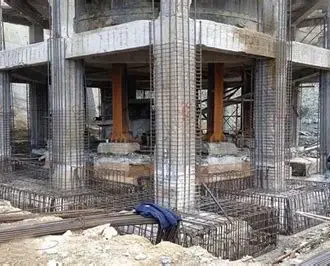

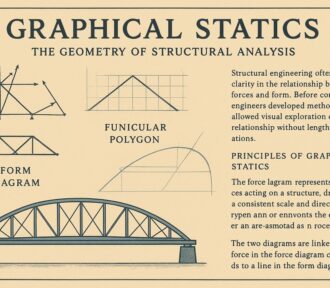
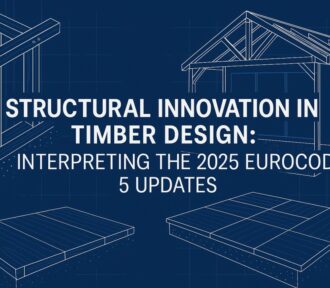


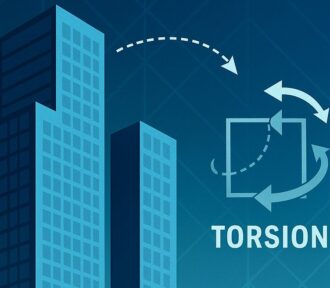
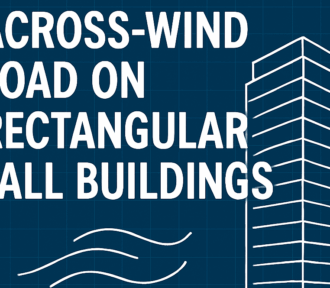
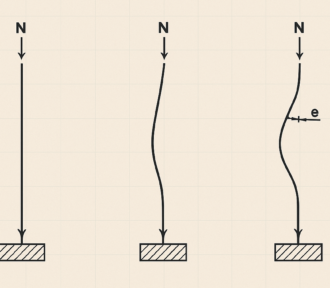
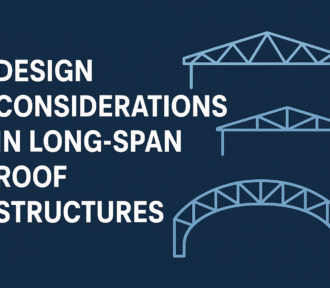
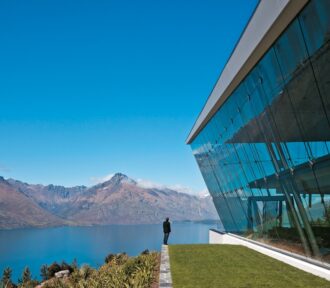
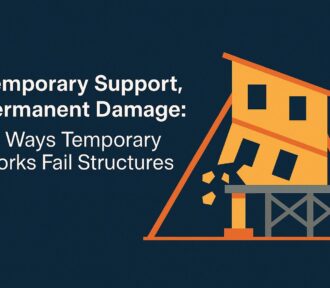
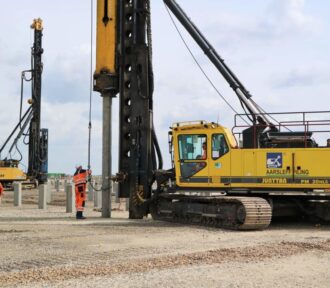
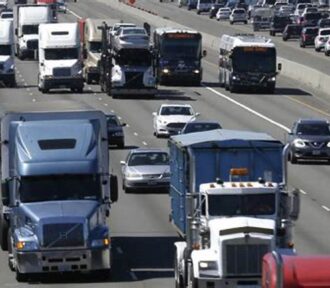
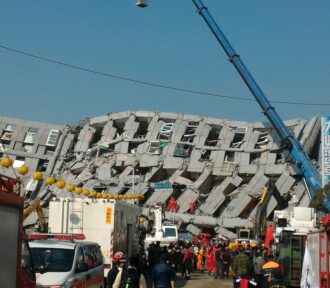
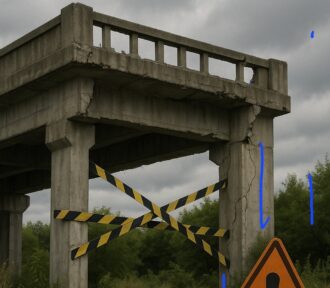

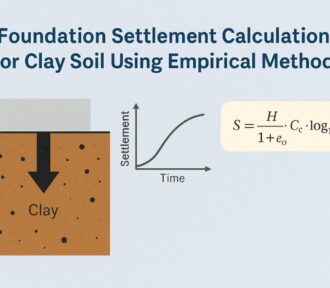
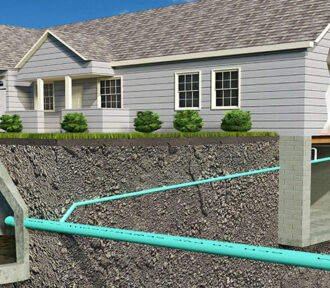
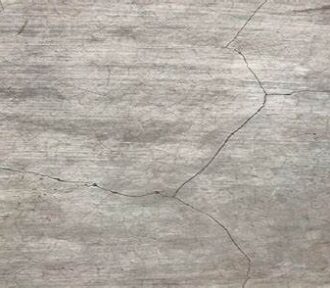
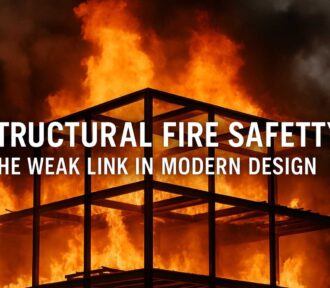
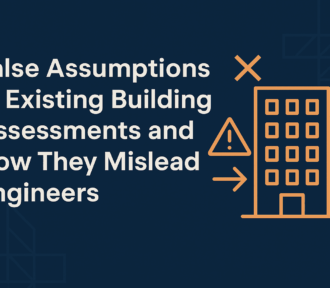

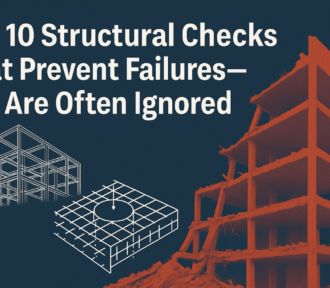
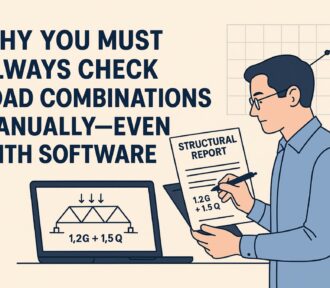
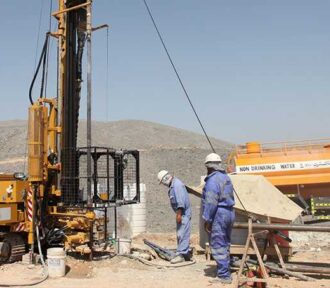

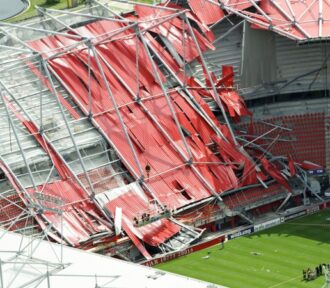
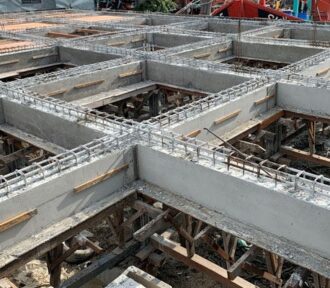
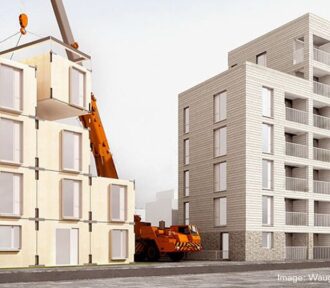

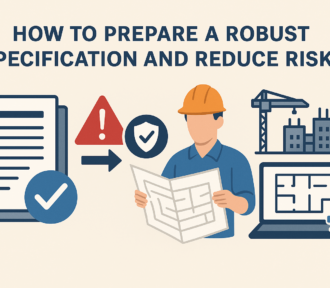
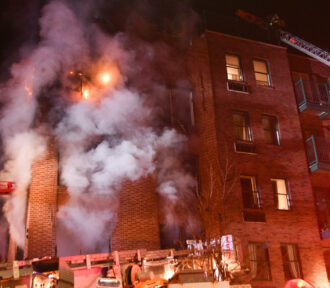
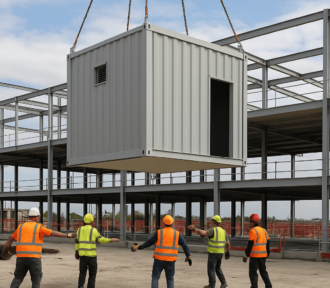
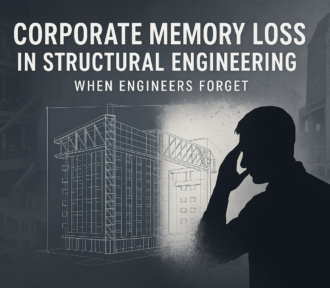


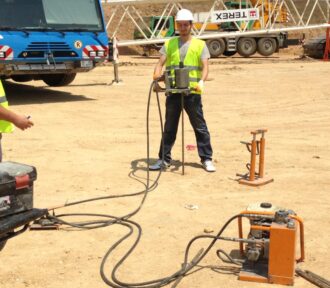
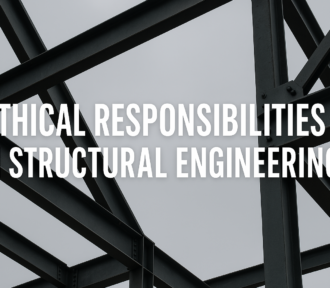

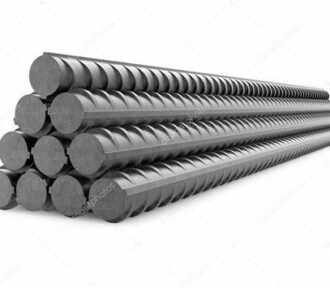

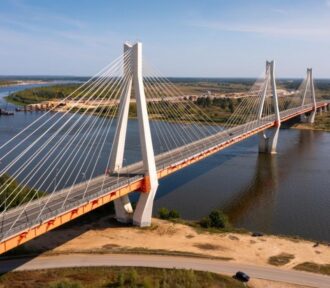

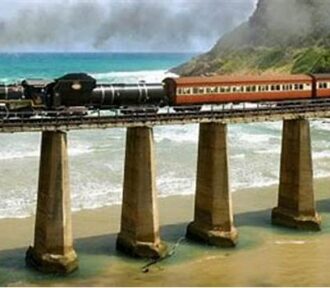
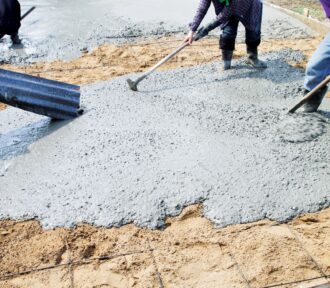
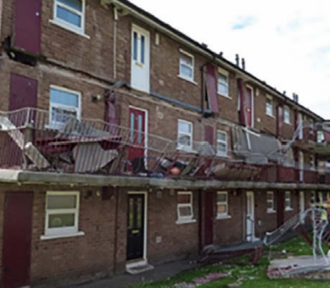
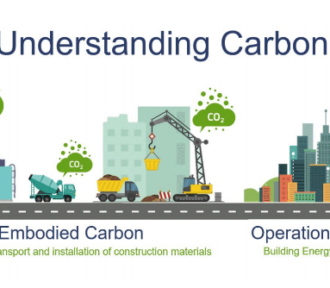
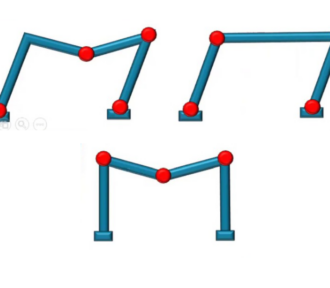




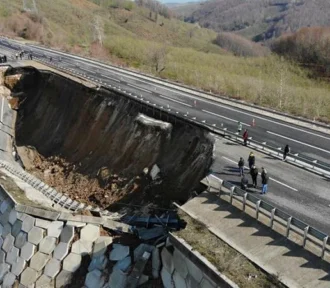
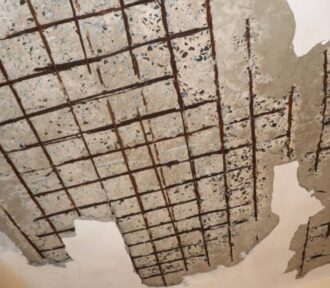

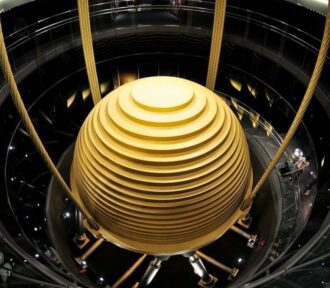


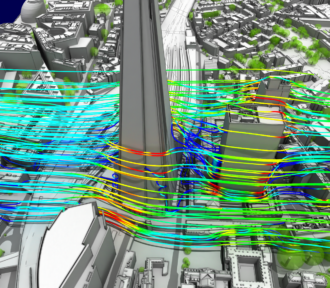
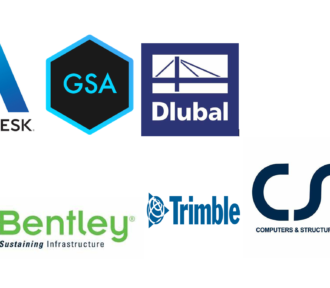


![[Viewpoint] The Decline of Structural Behaviour Knowledge: A Concerning Trend](https://structurescentre.com/wp-content/uploads/2024/12/viewpoint-330x288.webp)
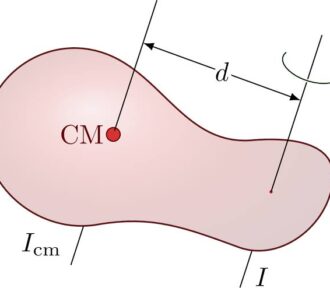

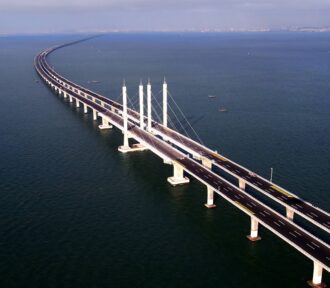
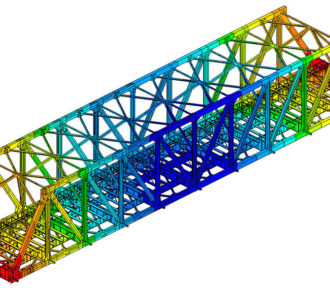
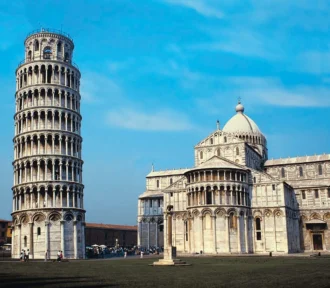

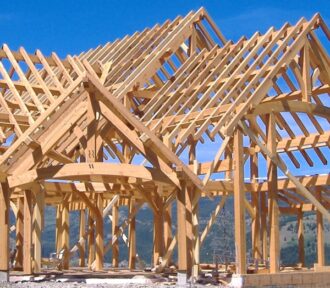


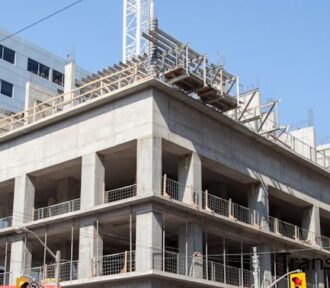
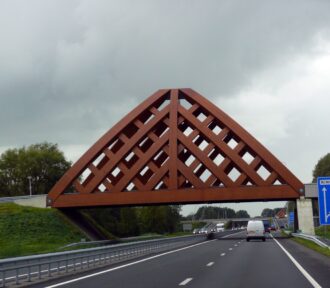
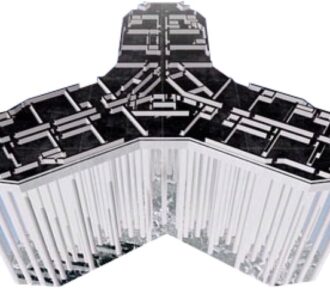
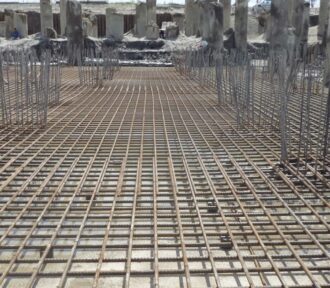
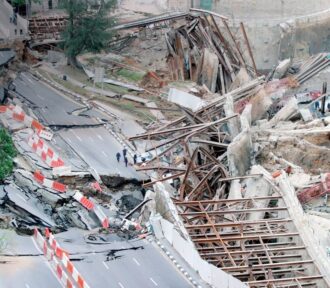

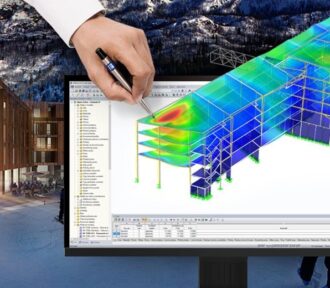
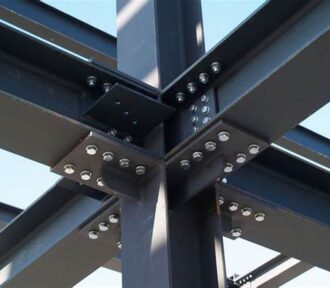
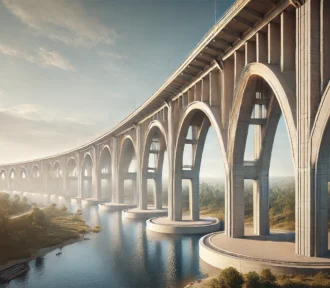
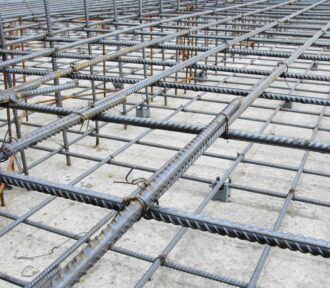

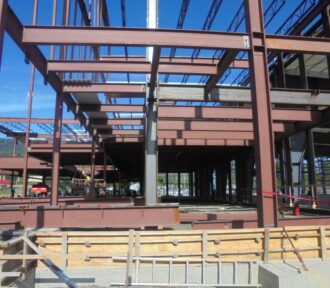
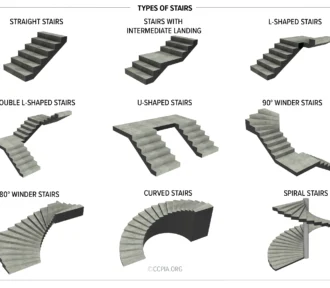
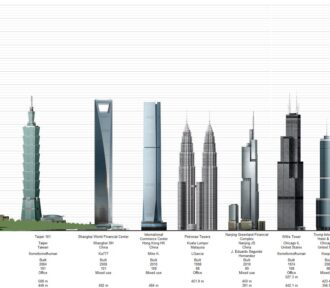
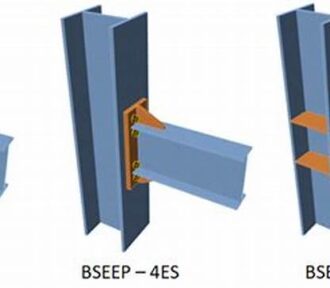


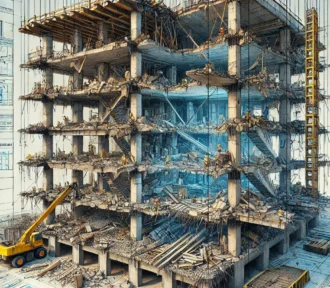

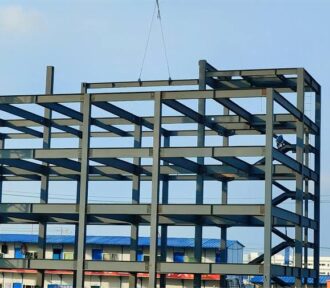



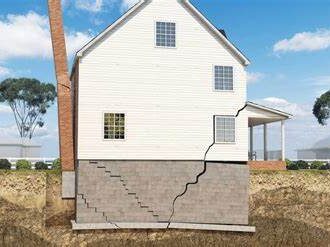















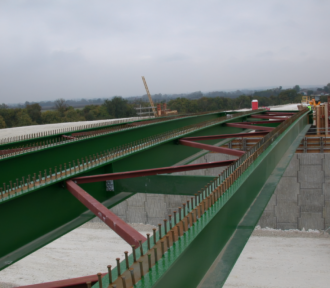
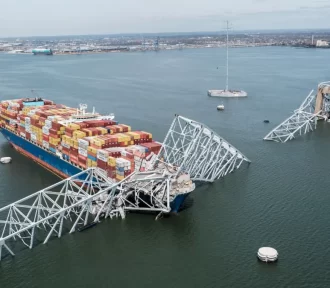
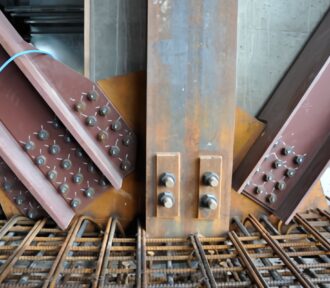


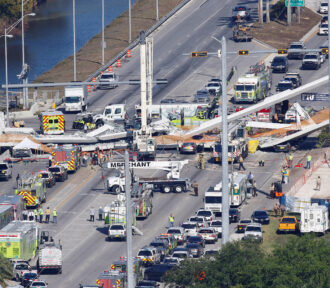

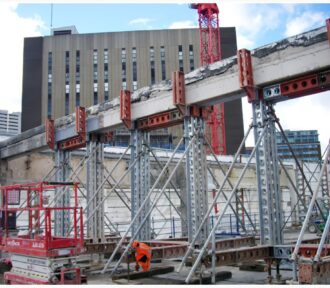
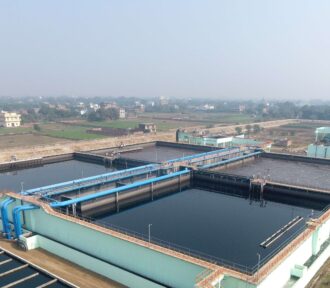
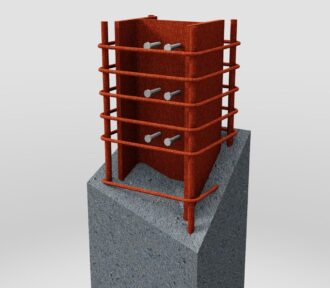


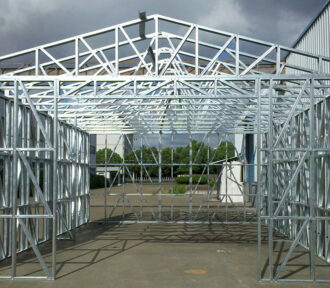


![[Viewpoint] What Makes a Good Structural Engineer?](https://structurescentre.com/wp-content/uploads/2024/05/article-3-featured-image-330x288.jpeg)

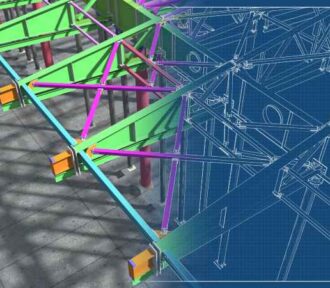
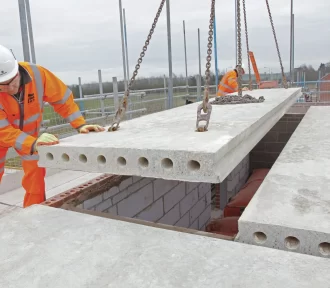


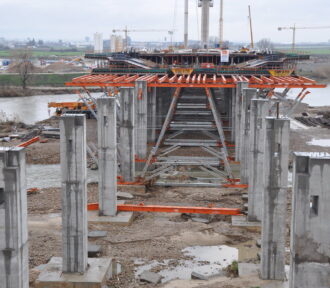
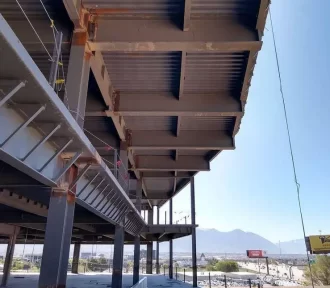

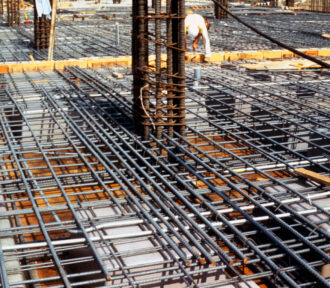
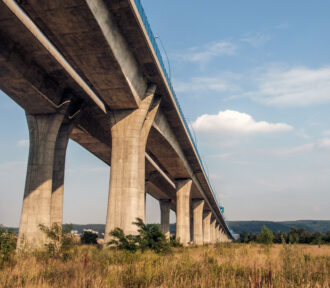

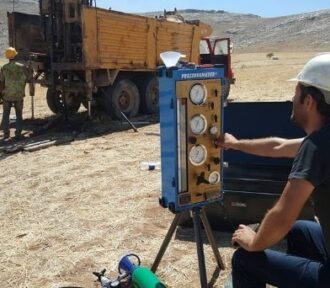

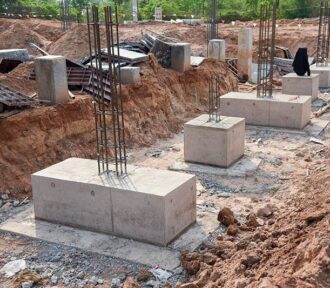

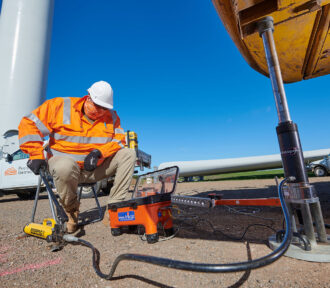

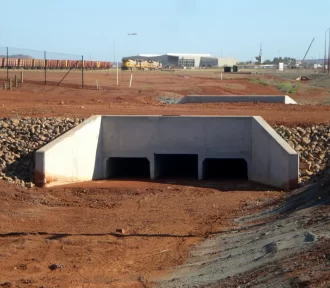
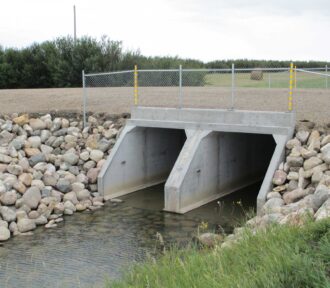
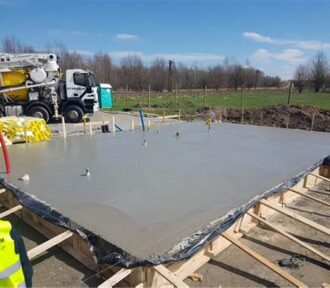
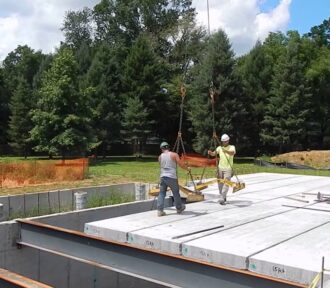

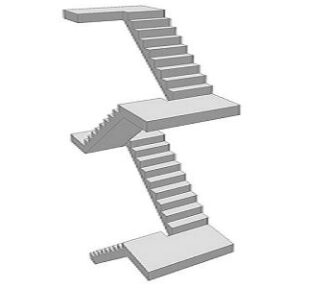
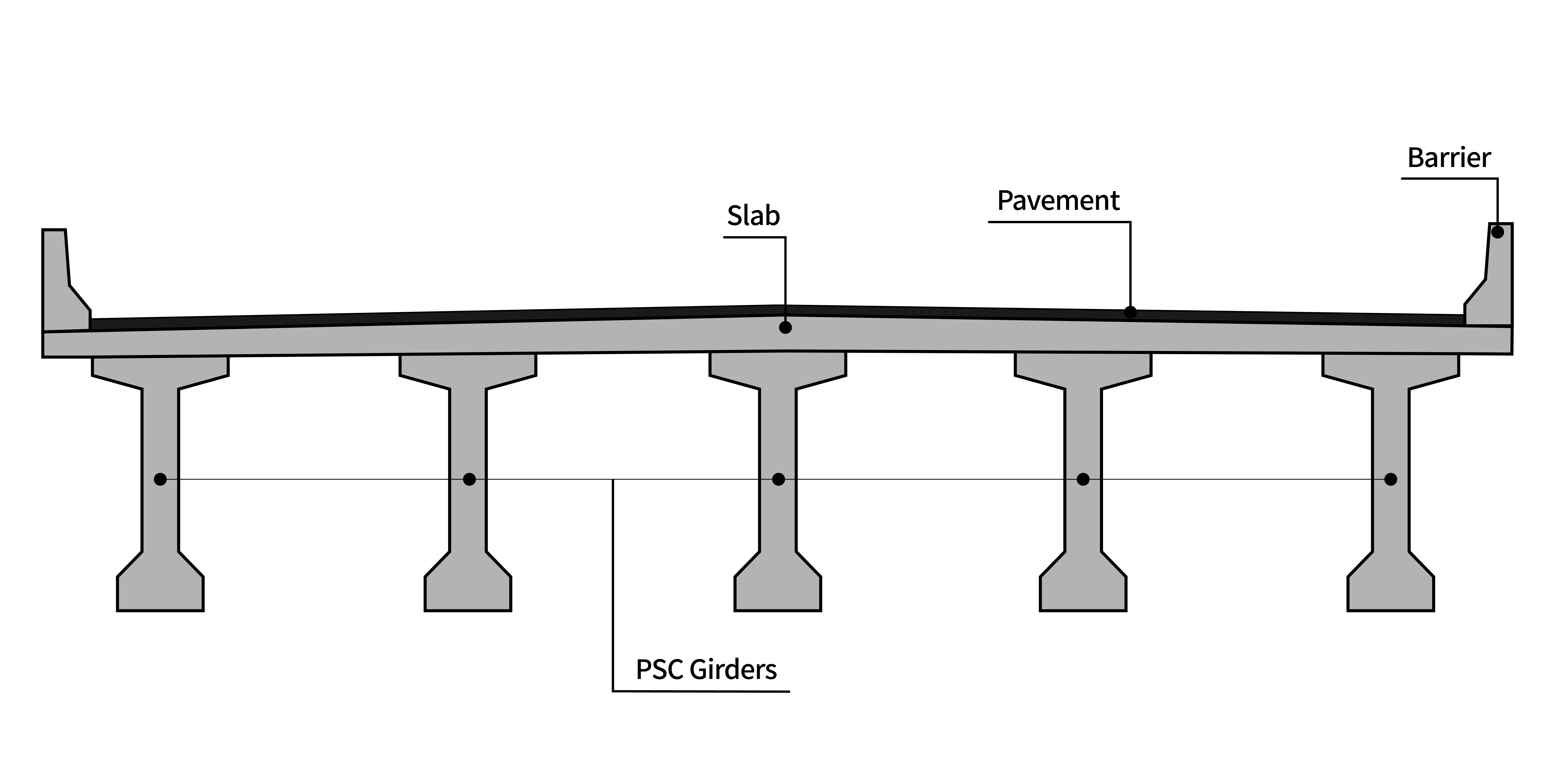
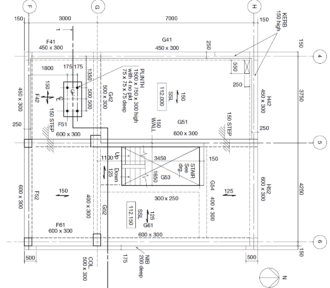
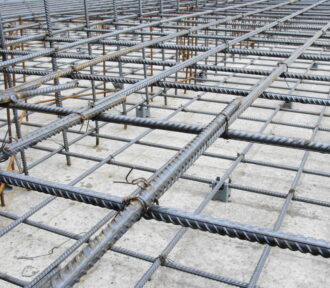
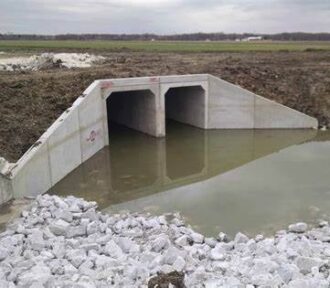
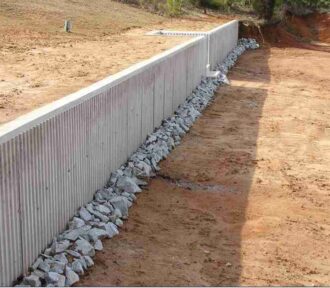

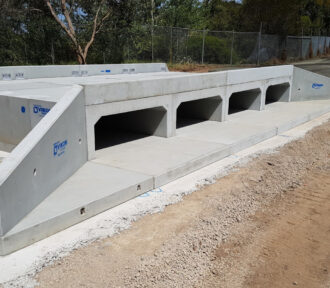
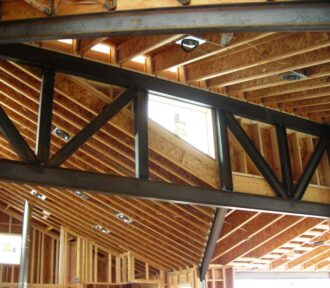
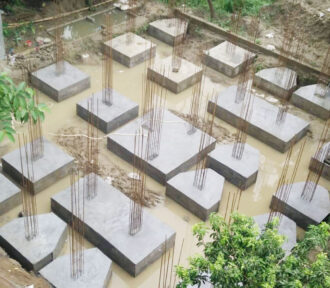

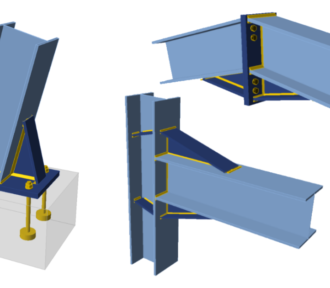
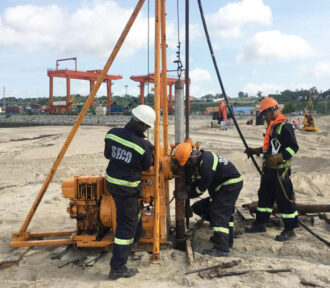
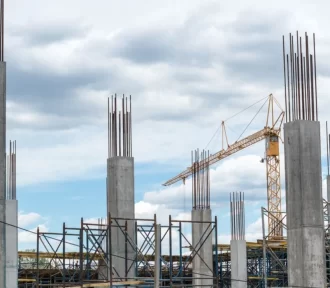
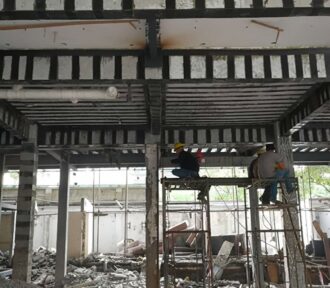


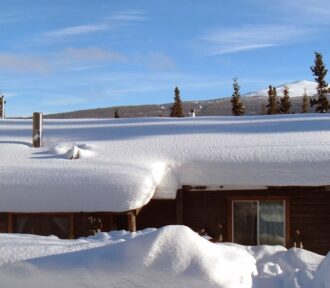

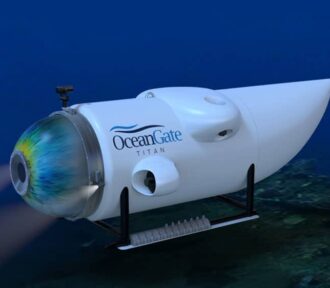

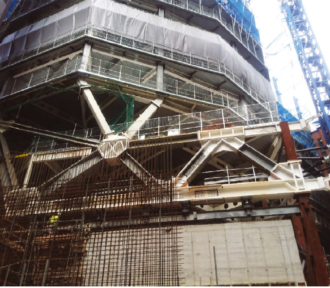
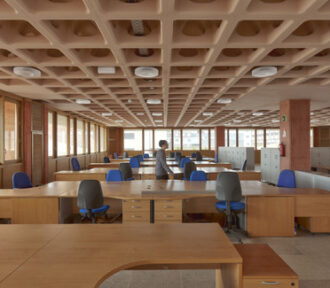
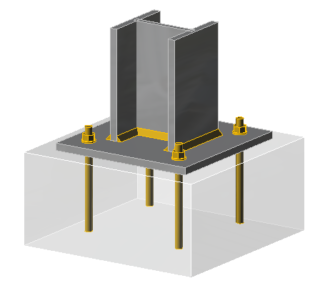

![[Update] Retaining Wall Construction Methods](https://structurescentre.com/wp-content/uploads/2023/10/retaining-wa-const-330x288.jpeg)
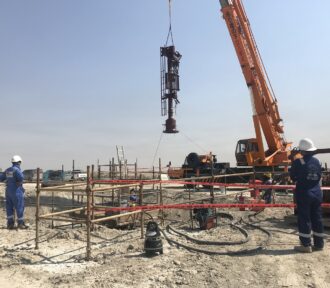
![[Update] Lateral Stability Systems of Tall Buildings](https://structurescentre.com/wp-content/uploads/2022/01/images-2-29-330x288.jpeg)

![[Update] Fundamentals of Tall Building Design](https://structurescentre.com/wp-content/uploads/2021/11/3-330x288.jpg)
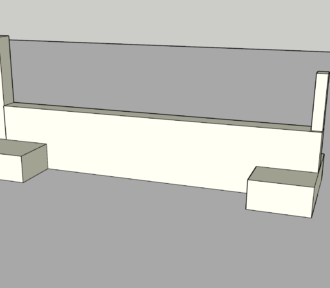
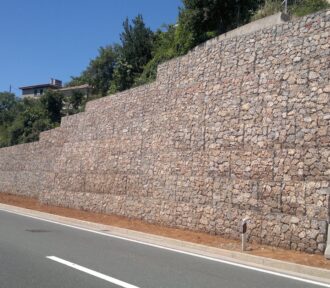
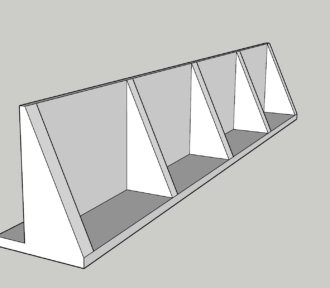
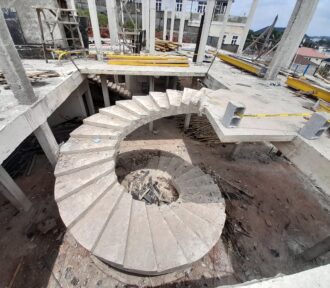

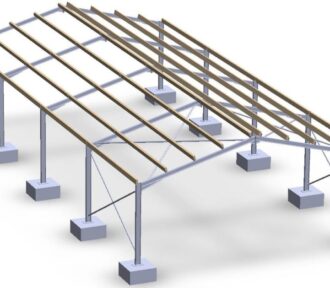
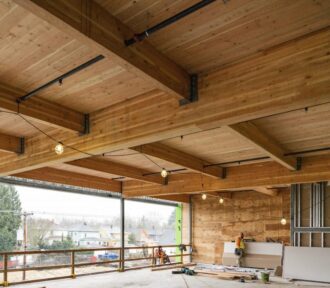
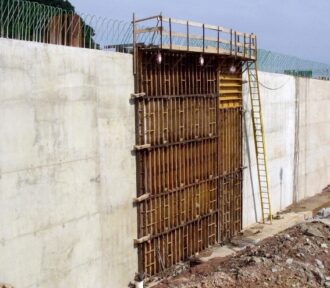



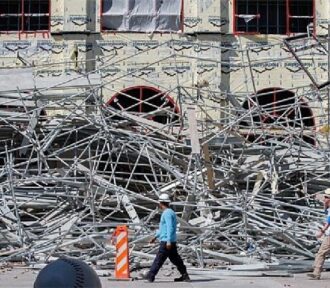
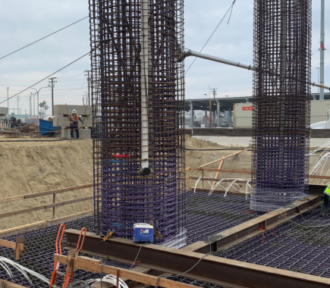

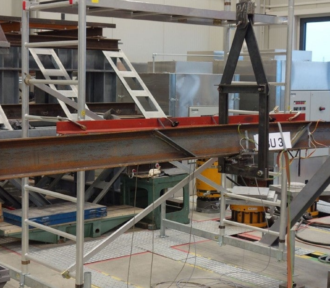
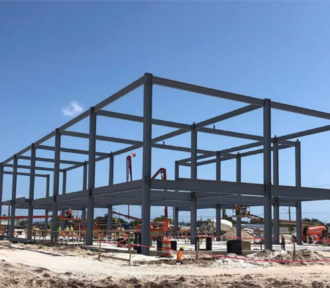
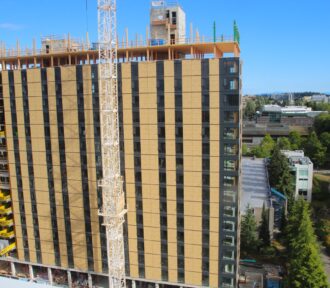
![[Viewpoint] Why Do Buildings Fail in Nigeria?](https://structurescentre.com/wp-content/uploads/2023/04/Ikoyi-collapse-330x288.jpg)
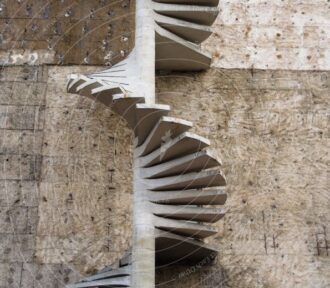
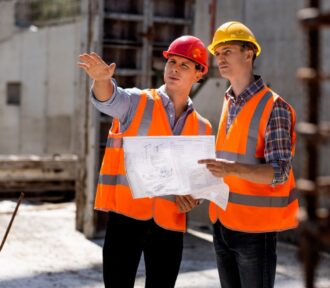
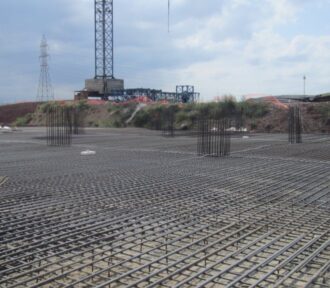
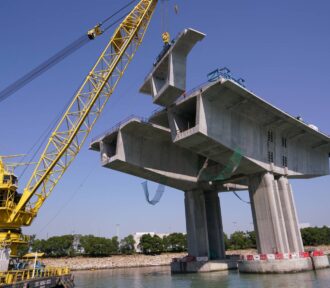

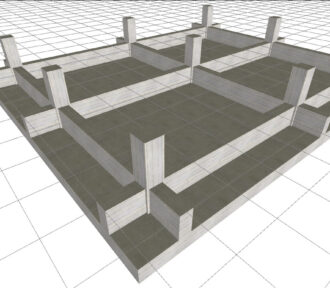
![[Update] A Background to Piling](https://structurescentre.com/wp-content/uploads/2021/05/images-21-330x288.jpeg)



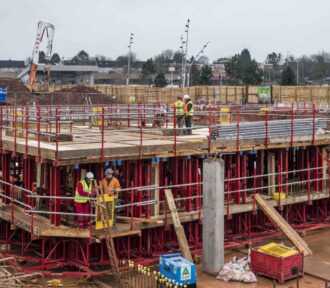
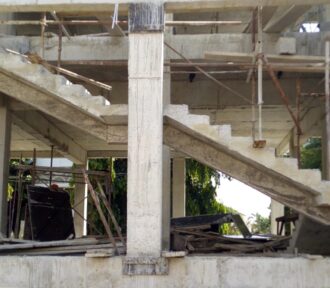
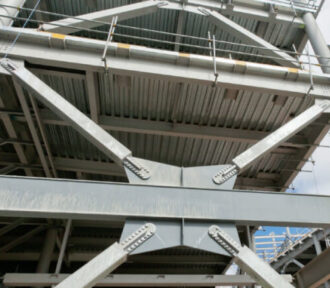

![[Update] Preliminary Sizing of Structural Elements](https://structurescentre.com/wp-content/uploads/2020/03/PatrickPurcellimage-330x288.jpg)
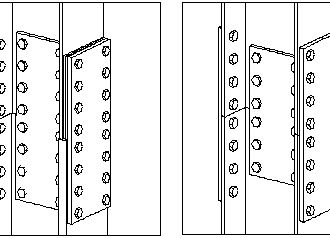
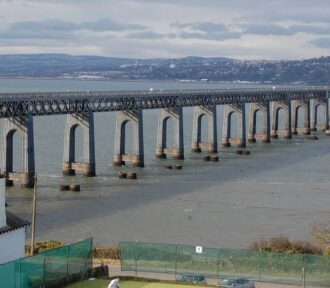
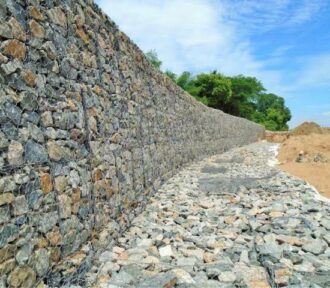
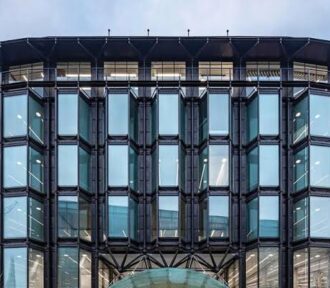
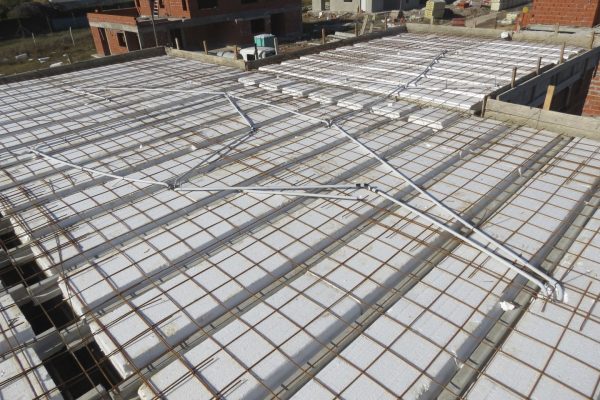
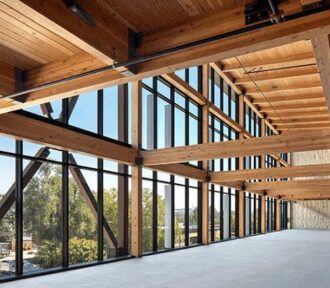



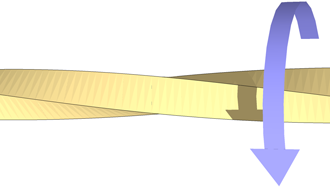
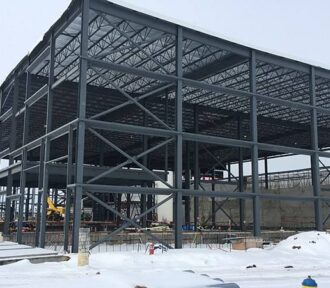
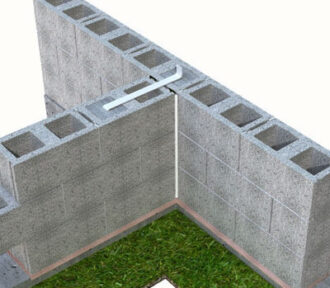
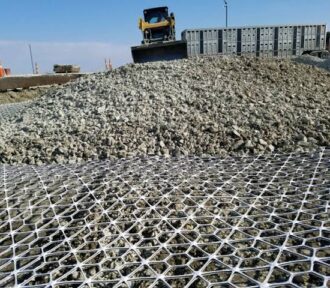
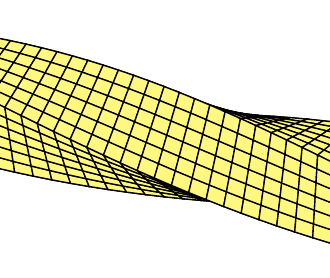
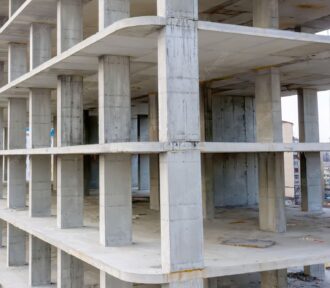
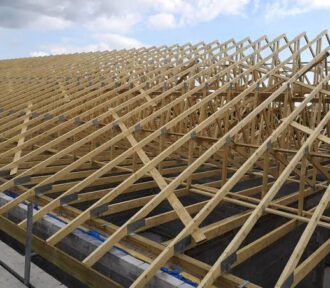
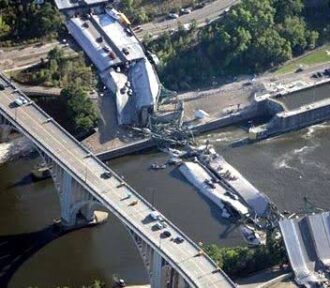
![[UPDATED] Design for Shear Using Bent-up Bars](https://structurescentre.com/wp-content/uploads/2020/12/20201206_182543.jpg)
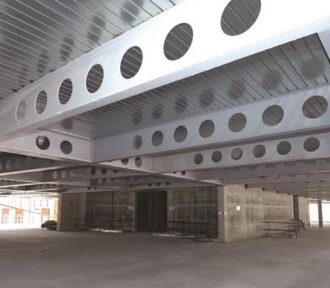

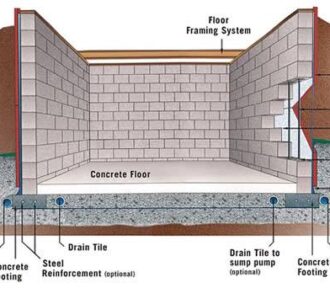
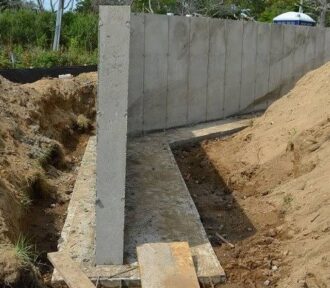
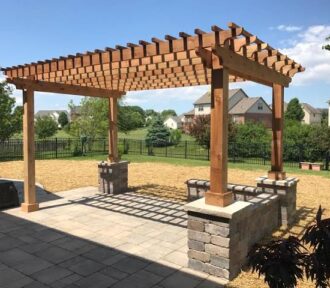

![[UPDATE] Foundation Types: Selecting a Foundation](https://structurescentre.com/wp-content/uploads/2021/06/121-330x288.jpg)
